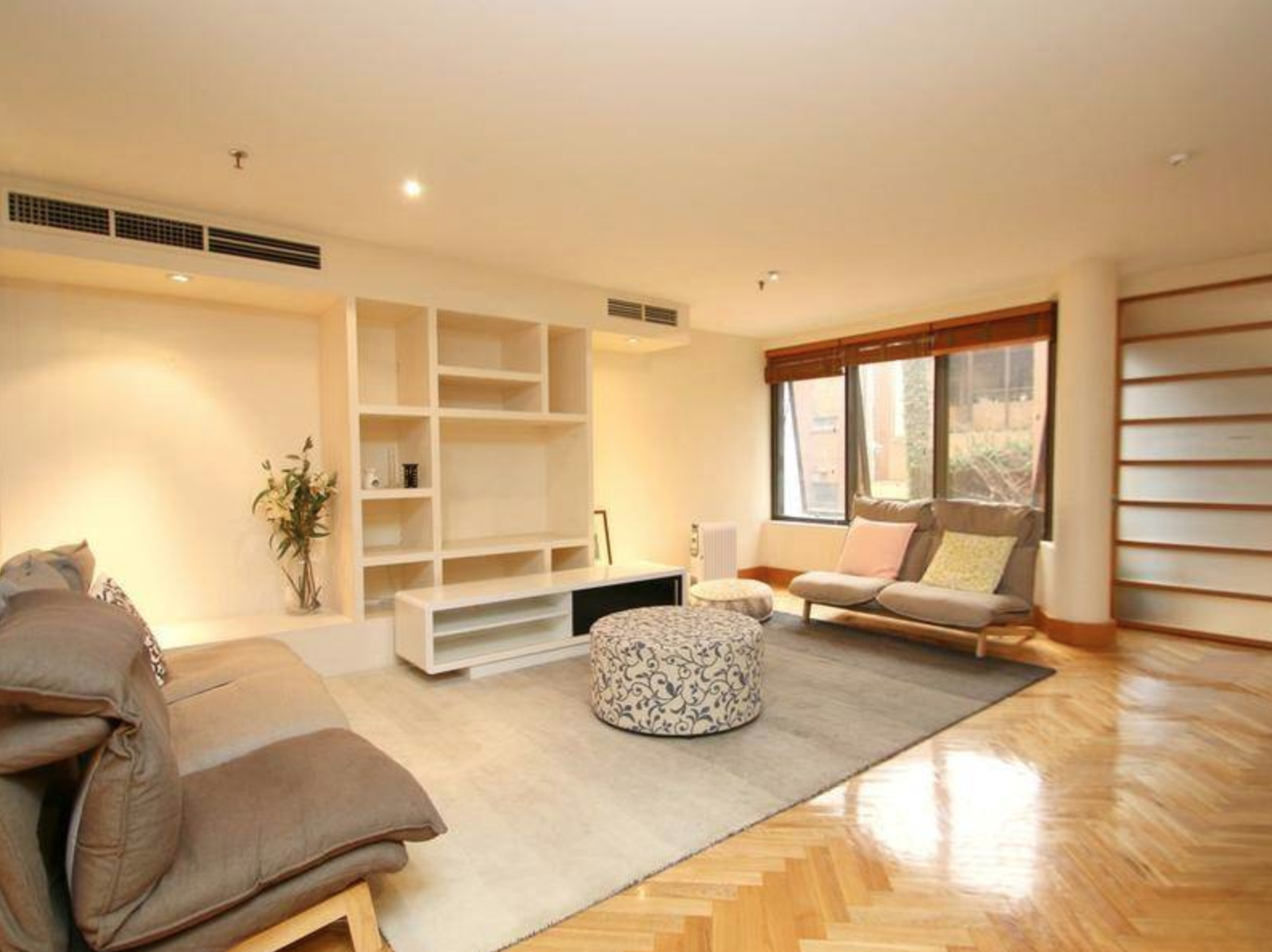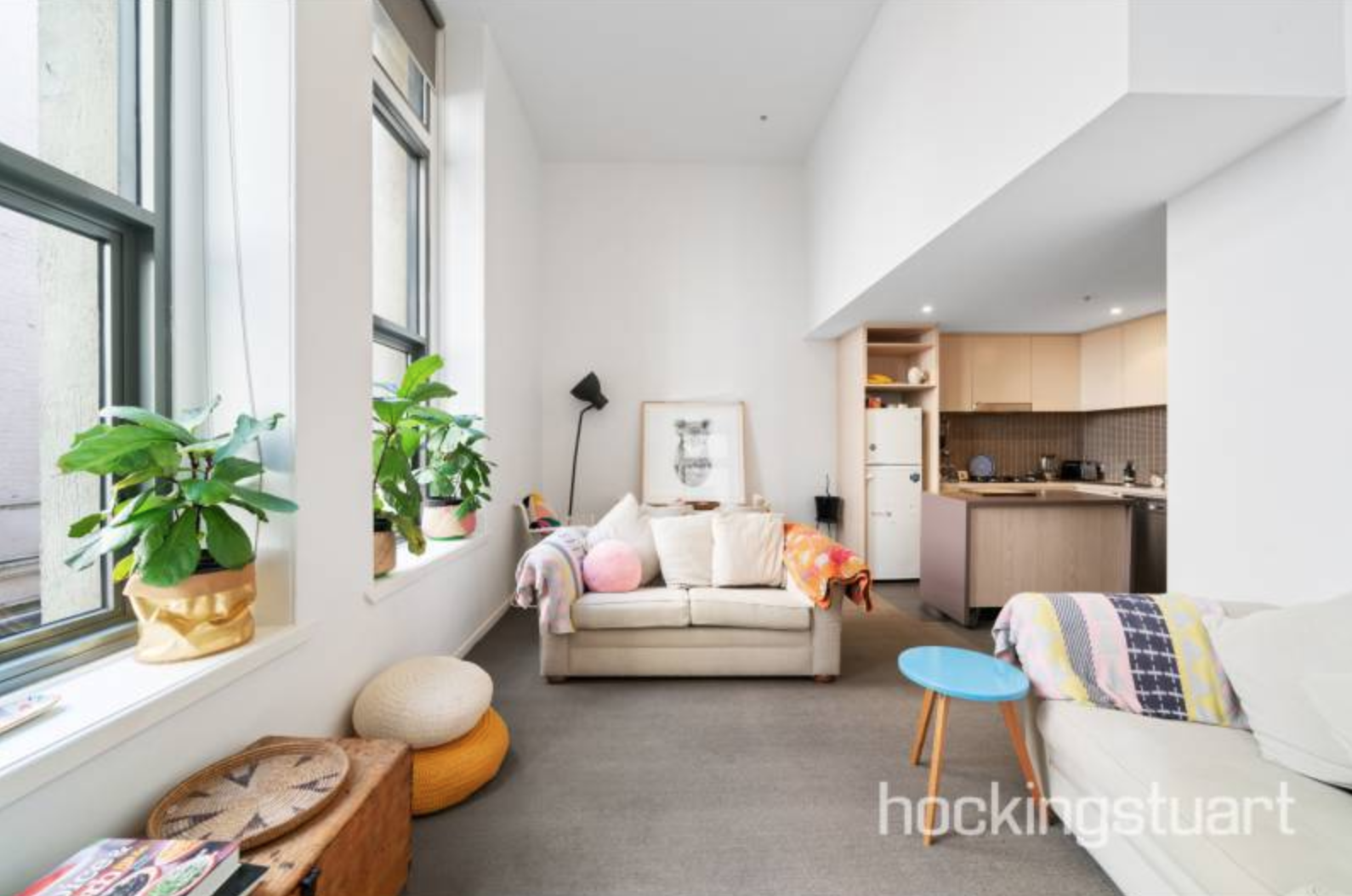Victorian rental vacancy rates at record lows, not enough for a healthy market
Contact
Victorian rental vacancy rates at record lows, not enough for a healthy market
Kim Davey of Hockingstuart Melbourne and REIV President Richard Simpson discuss the REIV’s latest data showing that Victoria’s rental vacancy rate has dropped to its lowest level.
The REIV’s latest data shows Victoria’s rental vacancy rate has dropped to its lowest level of 1.8 per cent since the institute started collecting the data in 2002.
REIV President Richard Simpson says a vacancy rate of at least three per cent is needed for a healthy rental market: where there is enough vacant housing supply to meet demand.
“Population growth, lifestyle trends and property price growth are all having an impact on rental vacancy rates in Victoria,” Mr Simpson said.
As of 31 July 2018, the vacancy rate for inner Melbourne was sitting at 1.8 per cent, middle Melbourne’s was 2.5 per cent while outer Melbourne was 1.6 per cent, contributing to a metropolitan Melbourne median vacancy rate of 1.9 per cent - the lowest in a decade.
Level 1, 180 Queen Street, available for rent $680/week through Kim Davey of Hockingstuart Melbourne, as seen on Thehomepage.com.au
Kim Davey, partner at Hockingstuart Melbourne told WILLIAMS MEDIA over the last 12 months he believes it has become busier from a leasing point of view with more tenants at open homes.
“This is across the board from the CBD all the way to Carlton North, Fitzroy, North Melbourne - pretty much everyone in the inner north,” said Mr Davey.
“There are markets within markets. The average 70-80m2 apartments going from $680 - $900 have slowed down.
“Furnished properties still have high demand.”
Related reading: "A renters market" as Sydney rental vacancies hit a record high
Mr Davey says he has two apartments in 50 Bourke Street - a two bedroom unit going for $720, and a three bedroom unit going for $750.
“The two-bedroom unit has been online for six weeks and I’ve had four to five groups through - professionals, which we are looking for.
5/50 Bourke Street, available for rent $770/week through Suzi Inglis and Bree Scott of Hockingstuart Melbourne, as seen on Thehomepage.com.au
“The three-bedroom apartment has had four open homes with about 100 people coming through, all students.
“There are people looking, however, we are more conscious about tenant selection.”
According to the REIV, rental vacancy rates have also continued to decline in regional Victoria over the last 15 years and are now at an all-time low of 1.5 per cent (compared with 2.3 per cent in July 2017).
Mr Simpson says the rental market is already very competitive with good turnouts at open for inspections, which will only increase as the busy spring period approaches.
“While the availability of rental stock is at a record low, the cost of renting a home has risen in most areas,” Mr Simpson said.
“The median weekly rent for a house in metropolitan Melbourne was $450 in July 2018, compared with $425 in July 2017. In regional Victoria, the median increased from $310 to $330 per week.
“With Victoria’s fast-growing population and financial institutions restricting lending to investors, we cannot see the situation improving for renters in the short to medium term.”
Related reading: The most popular suburbs for rentals in Perth: REIWA
Mr Davey says there is a market, but the demographics of tenants are changing.
“The professional demographic are going further out as they get more value for money and a backyard. I think that over time, people will have to get used to apartment living.
“We are in the transition period as we are getting people coming to the CBD from North Melbourne getting a two-bedroom apartment from $550, looking for storage space.
108/9 Degraves Street, available for rent $550/week through Bree Scott of Hockingstuart Melbourne, as seen on Thehomepage.com.au
“Apartments are what developers are building and the way the market is going. The market is getting used to apartment living.”
Mr Davey says that with the way legislation is going, agents will have to step up their game, and landlords across the board will need to make sure properties are well maintained.
“With the new legislation potentially passing, tenants will have more rights. Across the board, most agents and landlords will have to start being more proactive for tenants.
“But on the flip side, tenants have to understand that we can’t fix things overnight, and we can’t always attend to things straight away,” Mr Davey continued.
“There needs to be a balance and open communication between tenants, landlords, and agents.”
Related reading:
Investors and renters ready for build-to-rent sector in Australia, report finds
AHURI report reveals growing importance of the rental market








